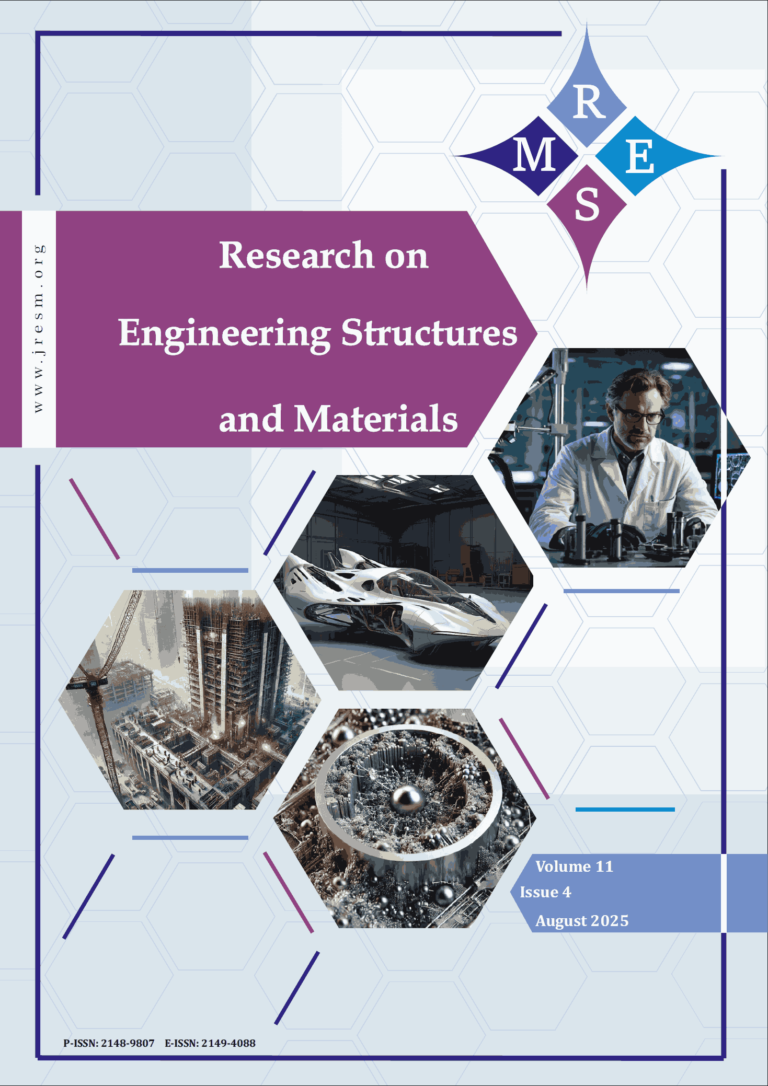Reinforced Concrete (RC) building stocks with plan and/or vertical irregularities are built routinely world-wide, despite being vulnerable to seismic forces. Irregular RC buildings with asymmetry, mass and stiffness irregularities have been well researched, however, seismic behaviour of RC building with re-entrant corner type plan irregularity is given relatively less attention. In the present study, a total of 104 re-entrant corner dominant plan irregular RC building models (C-, L-, T- and PLUS-shaped) are developed along with one regular rectangular building. Plan Irregularity Descriptors (PIDs) are summarized with their limit of regularity and are evaluated for building models. Building models have uni-directional and bi-directional re-entrant corner of A/L ratio ranging between 0.1 to 0.8 in the X-direction and between 0.2 to 0.8 in the Y-direction. Seismic response quantities; peak displacement, peak storey drift, normalized base shear and normalized overturning moments are evaluated using the equivalent static method and response spectrum method specified by the Indian seismic code. It has been found that building models yield amplified peak displacement responses in the direction perpendicular to that of applied seismic forces. Other seismic response parameters for all re-entrant RC building models fall well within code based permissible limits. A/L ratio limit specified by the Indian seismic code is found to be conservative. Out of various building models considered, C-shaped building models perform well under seismic forces, while PLUS-, L- and T-shaped RC building models with A/L ratio ≥ 0.4, in both directions, overshoot torsional irregularity descriptor, ∆max/∆avg.
